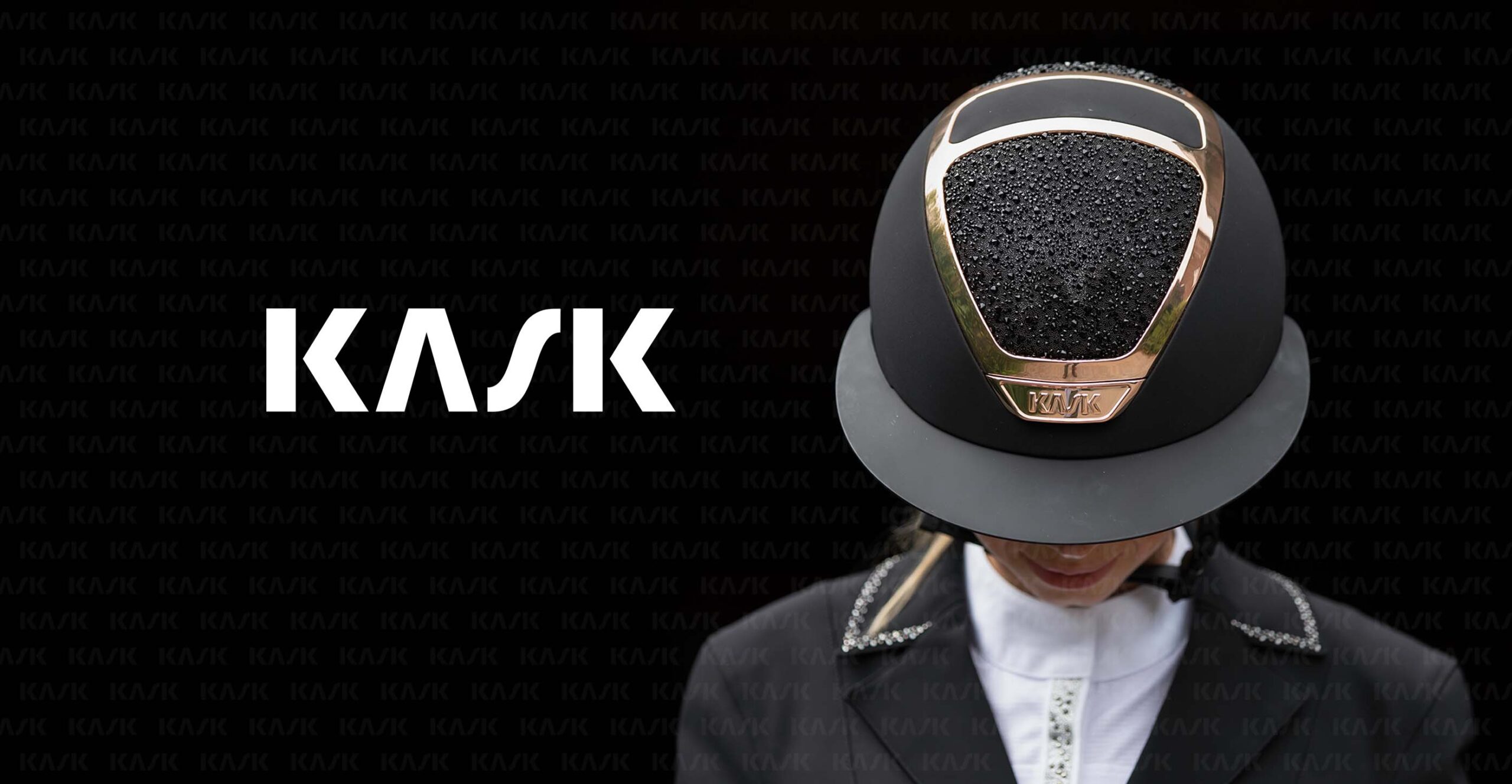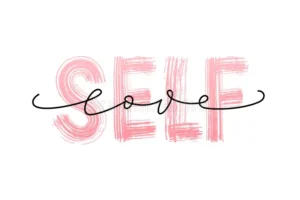Whilst scientists and politicians, who support the policy to cull Australia’s wild horses, claim that it is in the best interest of environmental protection, local activists have slammed the efforts as an attack on Australia’s heritage.
Equus Caballus, or Brumbies as they are better known, are wild or feral horses that have roamed the Australian Alps for centuries. These majestic horses have, however, become as much of an ecological threat as they are a national icon but a planned mass culling scheduled for early 2020 caused an outcry from equestrian lovers worldwide, resulting in legal action and a temporary halt in plans.
Kosciuszko National Park in New South Wales and the Alpine National Park in the state of Victoria are the two areas that are battling with the influx of what some call “ferals”. Horses first came to Kosciuszko in the 1860s, as settlers moved livestock across the Australian Alps. The Park became a National Park in 1967 and has since protected sensitive ecosystems and native animal species such as the Southern Corroboree Frog.
According to an article on ABC News, a survey conducted in December 2019 found that the number of horses across the Australian Alps had grown from 9187 in 2014 to 25 318 in 2019 – a 23% increase per year! These wild horses are trampling the alpine wilderness, wrecking heritage-listed ecosystems, affecting fragile water catchment areas and threatening the habitats of native species which have already been affected by the recent bush fires which swept across Australia.
In May 2018, New South Wales Deputy Premier, John Barilaro, introduced the “brumby bill” (The Kosciuszko Wild Horse Heritage Bill), which formally recognised the historical significance of the brumbies, protecting them from slaughter. Later that same year, a brumby advocacy group in another state launched legal action to prevent a trapping and culling program by Parks Victoria. Those two actions produced a two-year respite from execution – an amnesty in which the animal numbers multiplied.
Having finally won the court case in 2019, Victoria announced an immediate plan to cull thousands of horses using ground snipers with thermal imaging and noise suppressors. It sparked an international, emotional outcry but those in favour of the culling have justified it as matter of environmental protection and that, if left unattended, would result in a problem that would be unsolvable.
Multiple activist groups have petitioned alternate solutions such as capture and rehoming of brumbies or proposed sterilisation similar to the fertility control programs used on the wild mustangs of Nevada, which have been turned down, with many citing a political agenda as the basis.
The brumby issue appears to have two distinct, opposing trails of thought with no room for compromise on either side. While the benefits of a cull can be rationalised from a biodiversity perspective with an ecosystem that will flourish without the free roaming herds, other trails of thought argue the negative environmental impact of colonisation and why the brumbies are placed in the cross hairs whilst humans undermine biodiversity daily with no repercussions. One author stated “How well is the Southern Corrobree Frog thriving at the NSW ski fields?” providing a valid and debatable perspective.
With the cull now a legal issue it remains unclear on what the outcome may be for the wild horses of Australia.
Content Source: www.abc.net.au
















